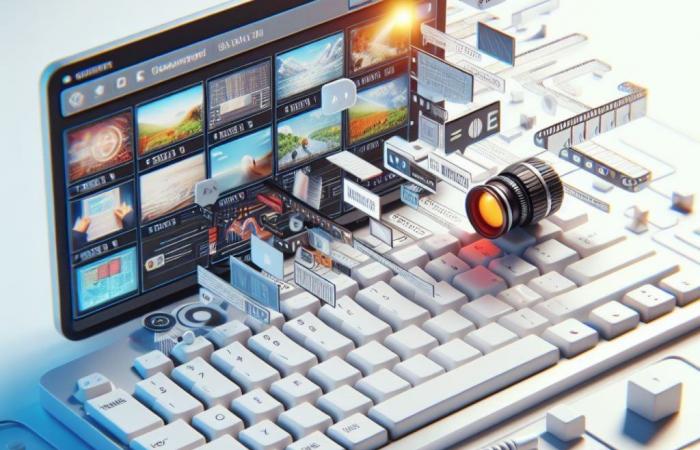In an interview given to The Wall Street Journal, OpenAI’s CTO, Mira Murati, said that Sora, an Artificial Intelligence (AI) platform capable of transforming text into video, will be available by the end of 2024, and still “ it may take a few months”, as quoted by The Verge.
Murati also mentioned that the addition of sound to OpenAI’s Sora platform should be coming soon. Remember that the company showed Sora, for the first time, in February. Although it was initially made available to visual artists and designers, its capabilities ended up circulating, for example, in X.
According to The Verge, the transformations are “hyperrealistic”, and, as previously mentioned, the intention is to add sound soon, so that the final product is even more real.
Users will be able to edit the content of Sora videos
Furthermore, OpenAI wants users to be able to edit the content of videos created by Sora. This is because Artificial Intelligence tools do not always create reliable representations of what is desired.
One of the questions that The Wall Street Journal asked and that ended up not being answered was: what data was used to train Sora? On the subject, Murati did not give great details. He only mentioned that all data was publicly available and properly licensed.
Still on the platform, OpenAI’s CTO assures that Sora is “much more expensive” to feed. In any case, as The Verge states, the objective is to try to make the costs “similar” to DALL-E, the brand’s text-to-image AI platform.
Below, you can see some glimpses of the potential that Sora will soon have. The text-to-video conversion tool is expected to be made available to the public by the end of 2024.
In order to differentiate from real videos, Sora will have watermarks
In the interview with The Wall Street Journal, Murati indicated that “probably” Sora will not be able to reproduce the image of public figures.
As The Verge states, another feature of this platform that converts text to video will be the existence of watermarks, with the aim of differentiating between videos that are real and those that are made using AI.
Tags: OpenAI hyperrealistic videos text arrive
--




